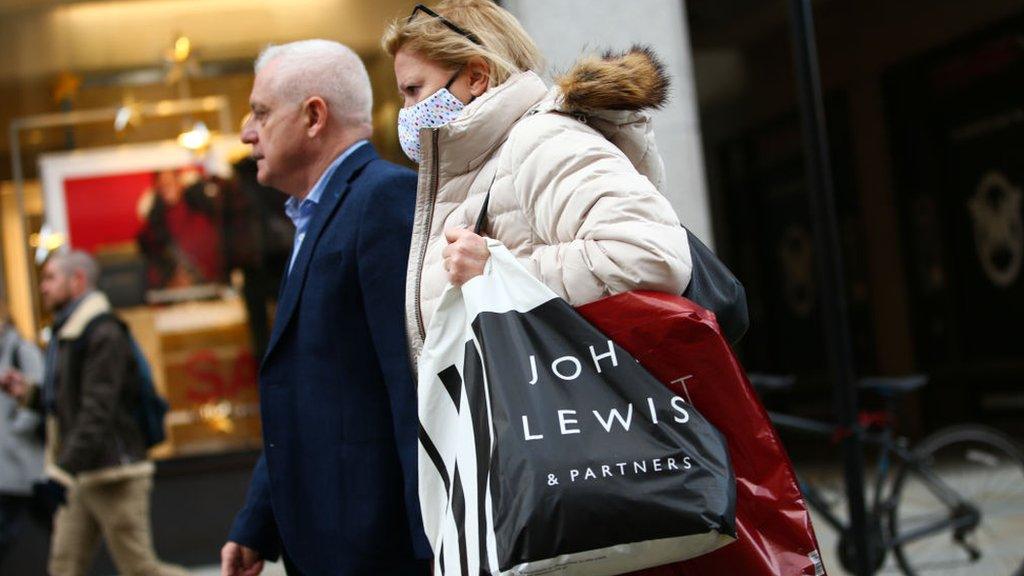Pandemic impact 'yet to be felt' on High Streets
- Published

The coronavirus pandemic has thrown Britain's High Streets into crisis, yet the full force of its impact has yet to be felt, according to accountants PwC.
More than 17,500 chain stores and other venues closed in Great Britain last year, according to new data.
That's an average rate of 48 closures a day.
But the figures, which include hospitality and leisure venues, but not independent retailers, suggest the trend began before the pandemic.
The research was conducted by the Local Data Company which tracks vacancy rates in nearly 3,500 High Streets, shopping centres and retail parks.
It recorded 17,532 closures in 2020. It also reported 7,665 store openings. This resulted in a net loss of 9,877 outlets, the worst annual decline researchers have seen in more than a decade.
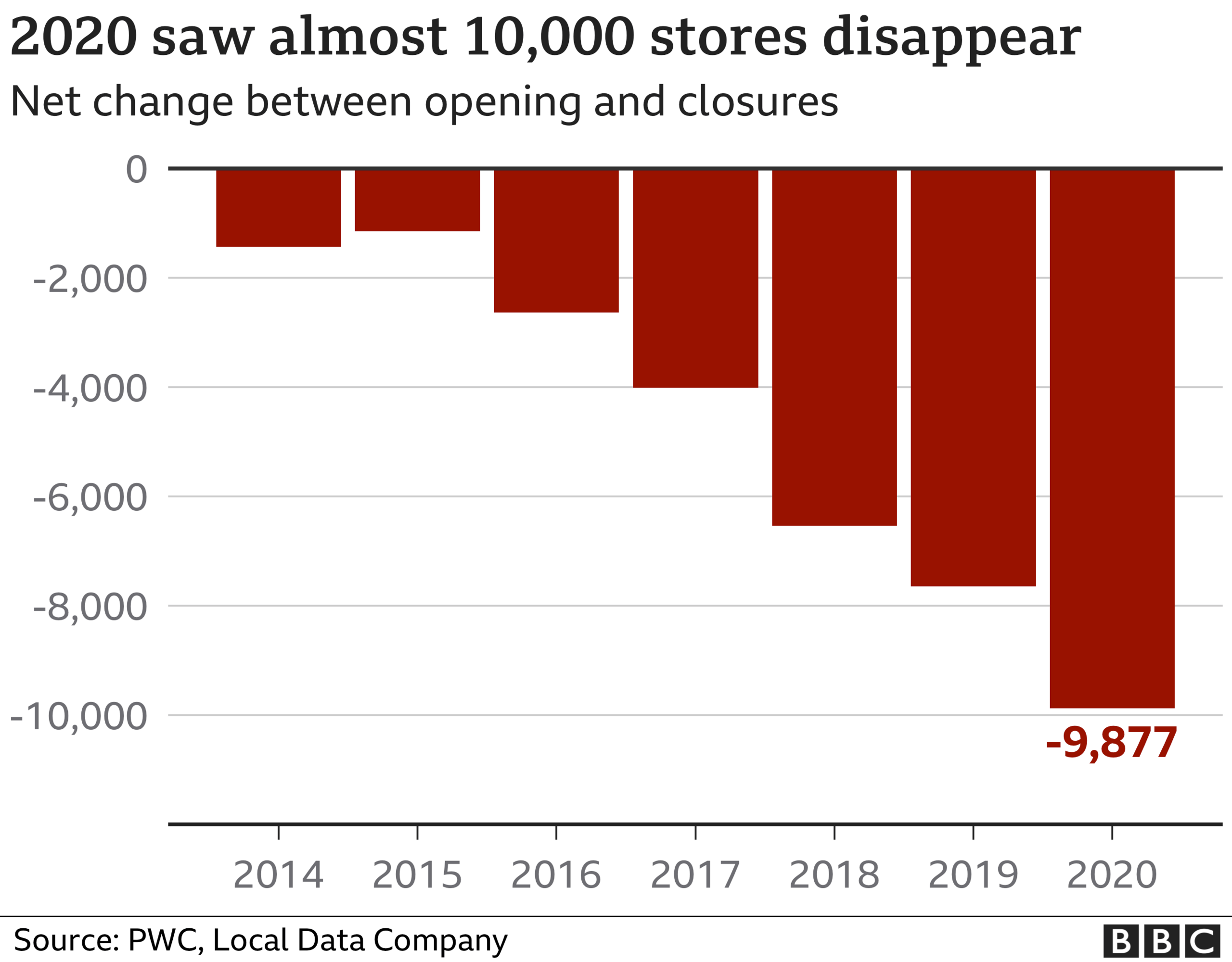
However, the full impact of the pandemic has yet to be felt, according to Lisa Hooker, head of consumer markets at PWC, so the picture is likely to get worse before it gets better.
These numbers, for instance, only include store closures which are known to be permanent. Many outlets which have closed "temporarily" may never re-open.
"Unfortunately, there is still quite a lot to play out. You've seen the closures of the likes of Debenhams and Topshop and that's happening in 2021 so they're not even in our numbers," Ms Hooker says.
"Much of the impact is a reflection of things that happened before the pandemic. This was not just the move online but areas such as legislative changes, for example for betting shops, consolidation due to overexpansion, or chain-wide closures for restaurants and mobile phone stores that found themselves in trouble pre-Covid-19."
As a result closures were rising and openings were falling even before the pandemic hit.
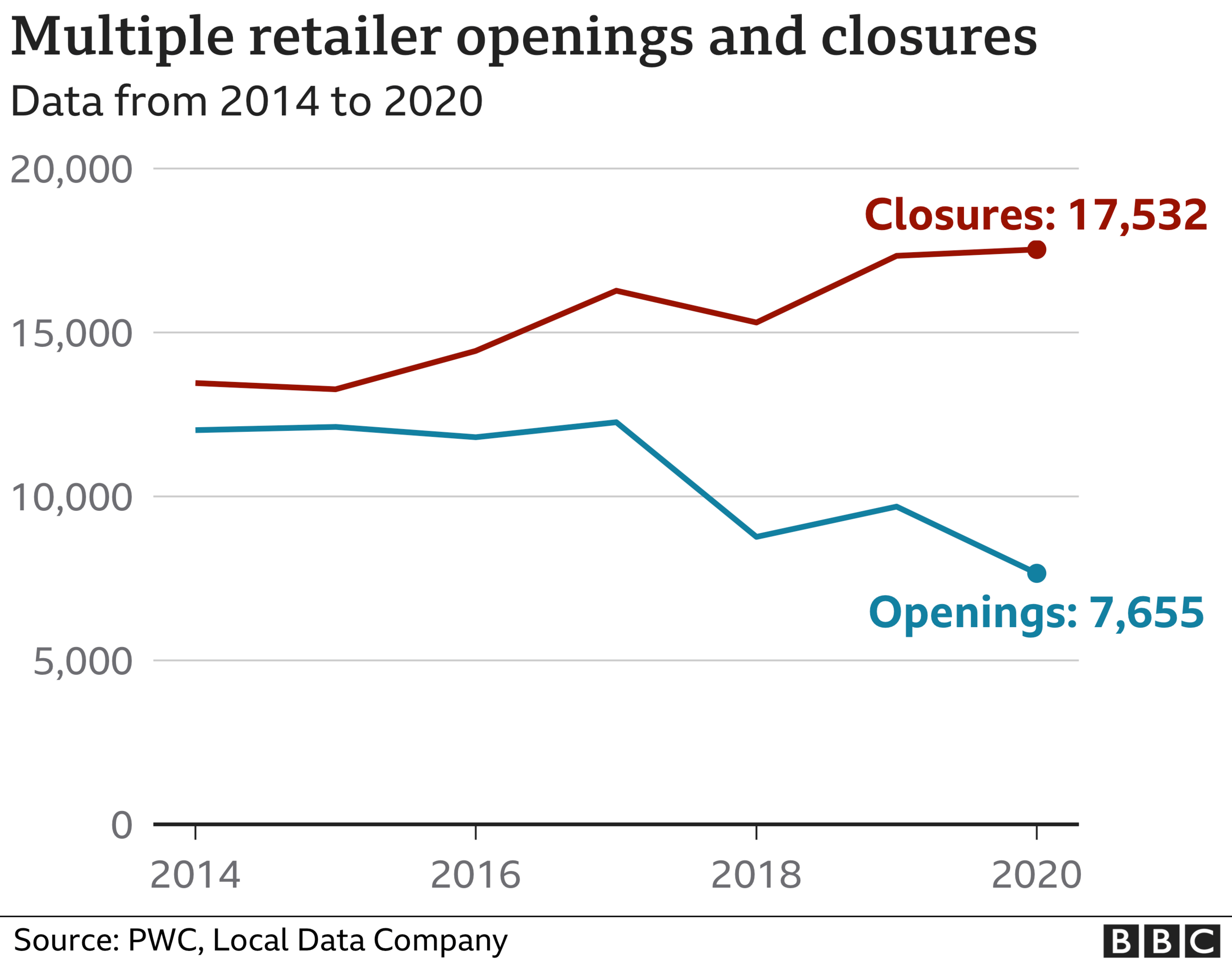
Shopping centres saw the largest proportion of their stores closed, whilst retail parks fared the best.
Fashion retailers and betting shops were the worst performing categories. Meanwhile takeaway outlets, and cake shops, enjoyed some growth. And city centres are doing worse than suburbs and commuter towns, driven by the number of people working from home.
"Looking at where this this opening and closure activity has predominated really tells the story of changing consumer preferences and shifting demand, " says Lucy Stainton, head of retail and strategic partnerships at the Local Data Company.
"On the whole, flagship, city centre high streets and shopping centres saw a greater decline in chain stores versus more local markets and retail parks which proved to be more convenient and perceptibly safer."
There is regional disparity, too. For the first time, London has been hit harder than other regions with a record increase in net closures this year. Together with the South East, they account for a third of the decline of all shops.
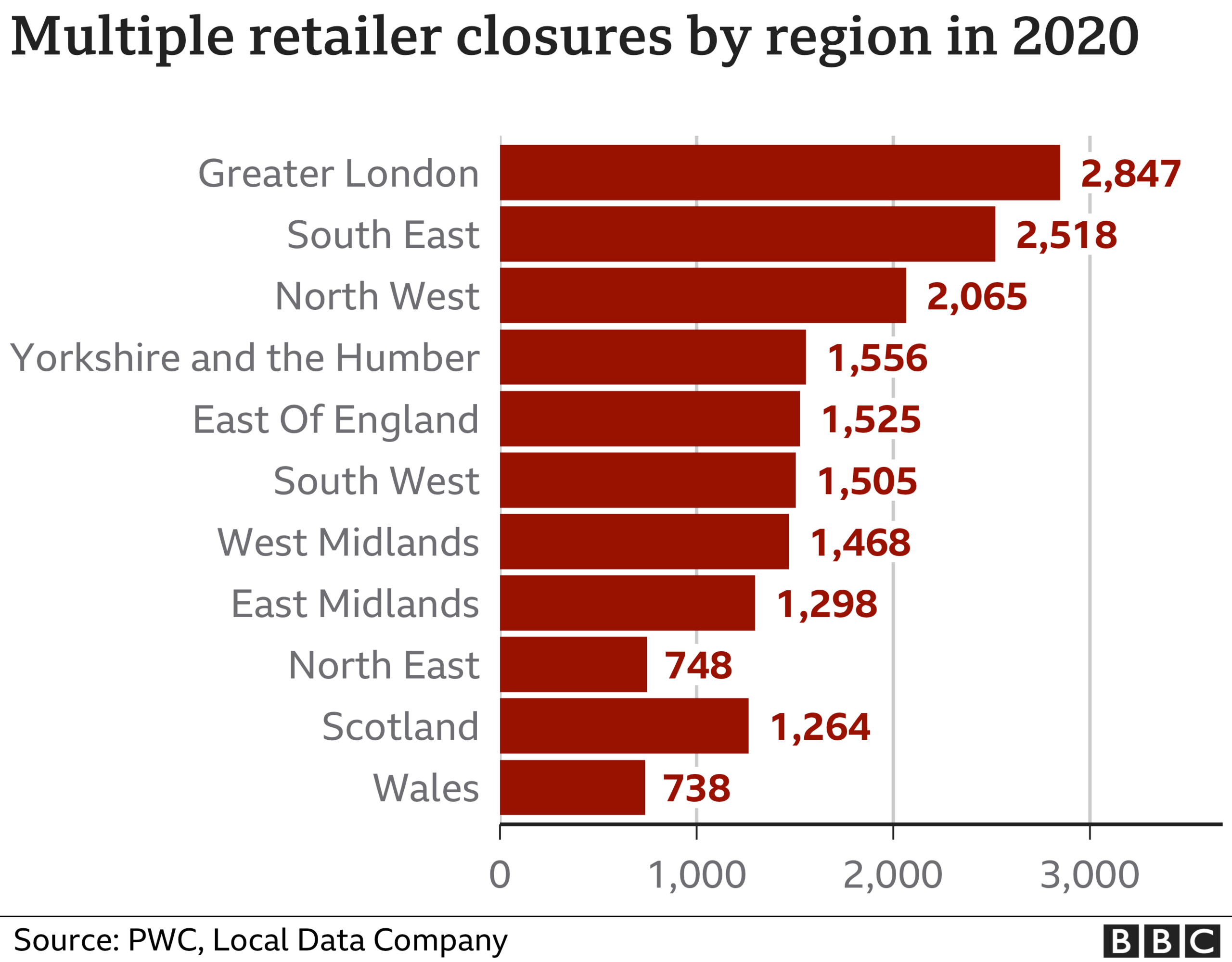
Richmond, on the edge of south-west London, has suddenly found itself with a challenge on its hands. It's a prosperous, popular destination, but has lost about a dozen names over the last 12 months, including Moss Bross, Massimo Dutti, Cos and House of Fraser.
"Our High Street has undergone change and so has every High Street in Britain," says Gabriel Irwin, who owns a specialist shoe shop, Foot Solutions, just around the corner from the former House of Fraser store, the biggest vacant unit in town.
"It's a perfect storm, from internet shopping taking a greater market share to the perception amongst retailers, that we are a high-rent, high-rates district."
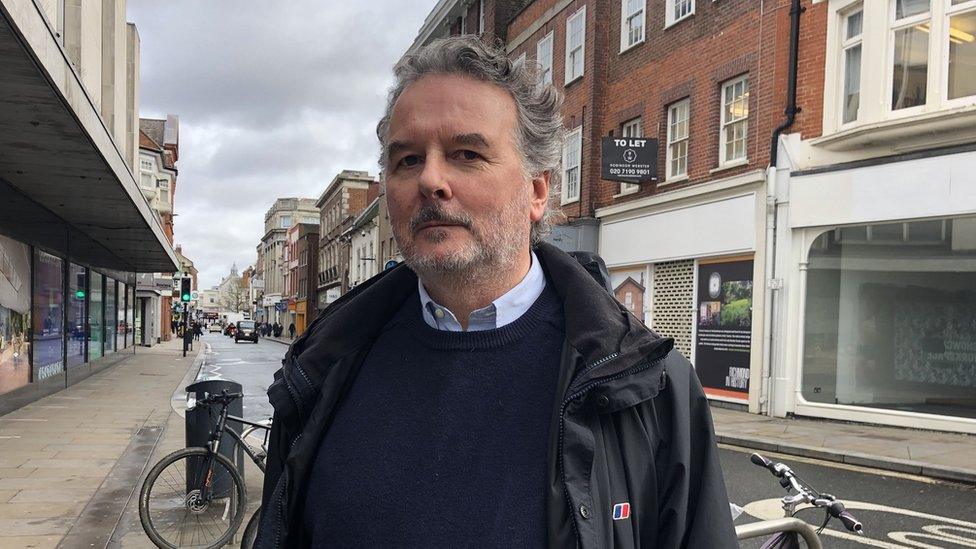
Gabriel Irwin has seen shops around his in Richmond, London, disappear
But Mr Irwin says Richmond will bounce back and that, anecdotally, landlords have already been talking to potential new tenants, who are encouraged by lower rents. The House of Fraser site is also being redeveloped.
PWC's Lisa Hooker also believes that as we emerge from the pandemic there will be opportunities for the gaps to be filled.
"After the global financial crisis, we saw the growth of discounters and food service chains that replaced exiting retailers. There is an opportunity for operators who can find the right location at the right time, to thrive, even despite the current uncertainty."
Related topics
- Published3 March 2021
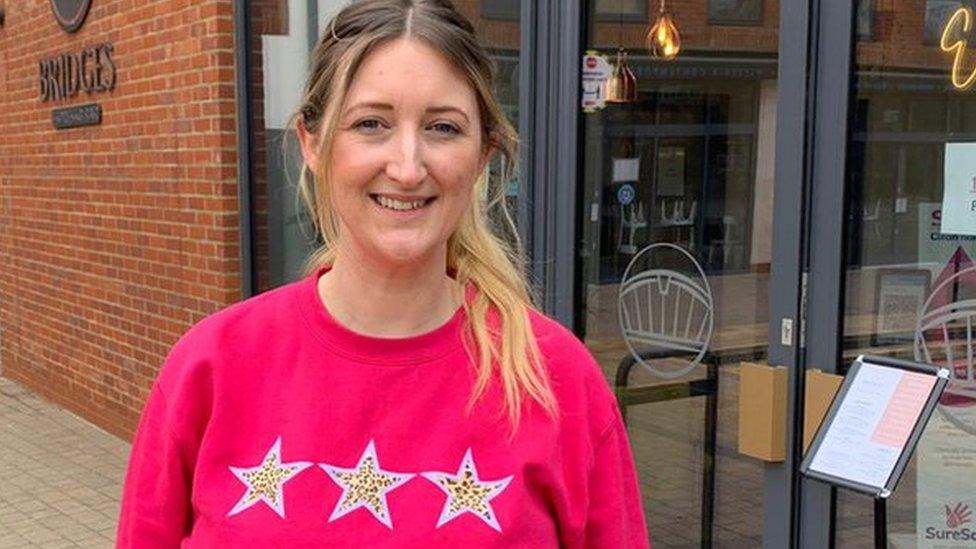
- Published9 March 2021
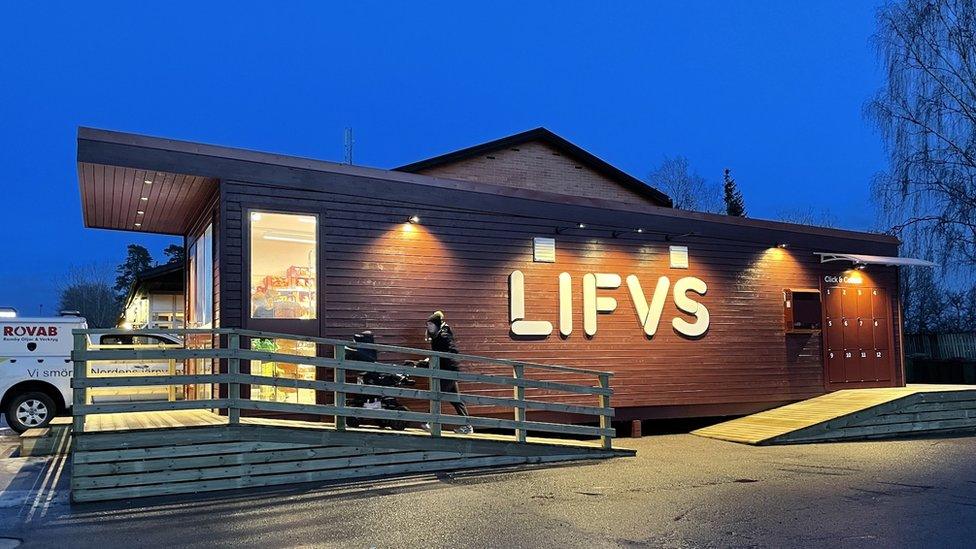
- Published28 February 2021

- Published11 March 2021
